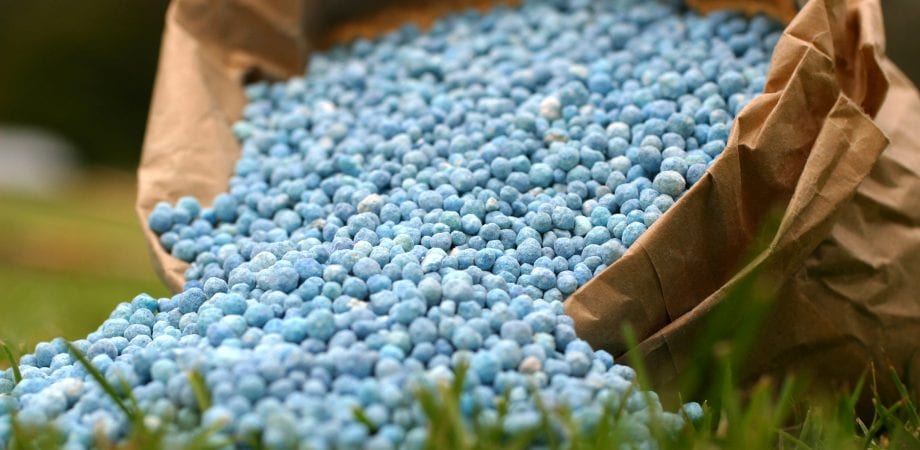Fertilizing In The Summer Months

Welcome to a “normal” Midwest summer, if there is such a thing. During these long stretches of hot weather, we face several challenges.
One challenge is the quality of our turfgrass areas tend to be less than ideal this time of year. Most of the time, our gut instinct is to help the turfgrass along by fertilizing or spraying these areas. However, during the dog days of summer, it is important to remember how the turfgrass plant is taking up the fertilizer we apply. The hours a plant can take part in photosynthesis is cut down dramatically when the outside temperatures are touching 90 degrees.
For a turfgrass plant to photosynthesize, it needs air, water, and sunlight. We often forget when the outside temps are 85 degrees or higher that usually means the temperature of the turfgrass canopy is touching 100 degrees Fahrenheit. That’s too hot for a grass plant to photosynthesize properly. In many cases, your turf only has a few hours a day to produce chlorophyll and carbohydrates, compared to spring and fall when the plant has most of the day.
Fertilizing becomes very important during these stressful times. If the grass plant can only use the nutrients in the soil (fertilizer) for a few hours a day, it makes sense to cut your fertility rates simply because the turfgrass plant does not have the time to use them. The extra nutrients will leach through the soil before the plant can take it up. Lowering rates of fertilizer either through granular or foliar feeding will be more effective and usable during these stressful times. This does mean you may have to apply more often, but your turfgrass plants will be better off for it, and it will show in your overall turf quality.
Good luck this summer. It will be fall, and the temperatures will be dropping before we know it!







